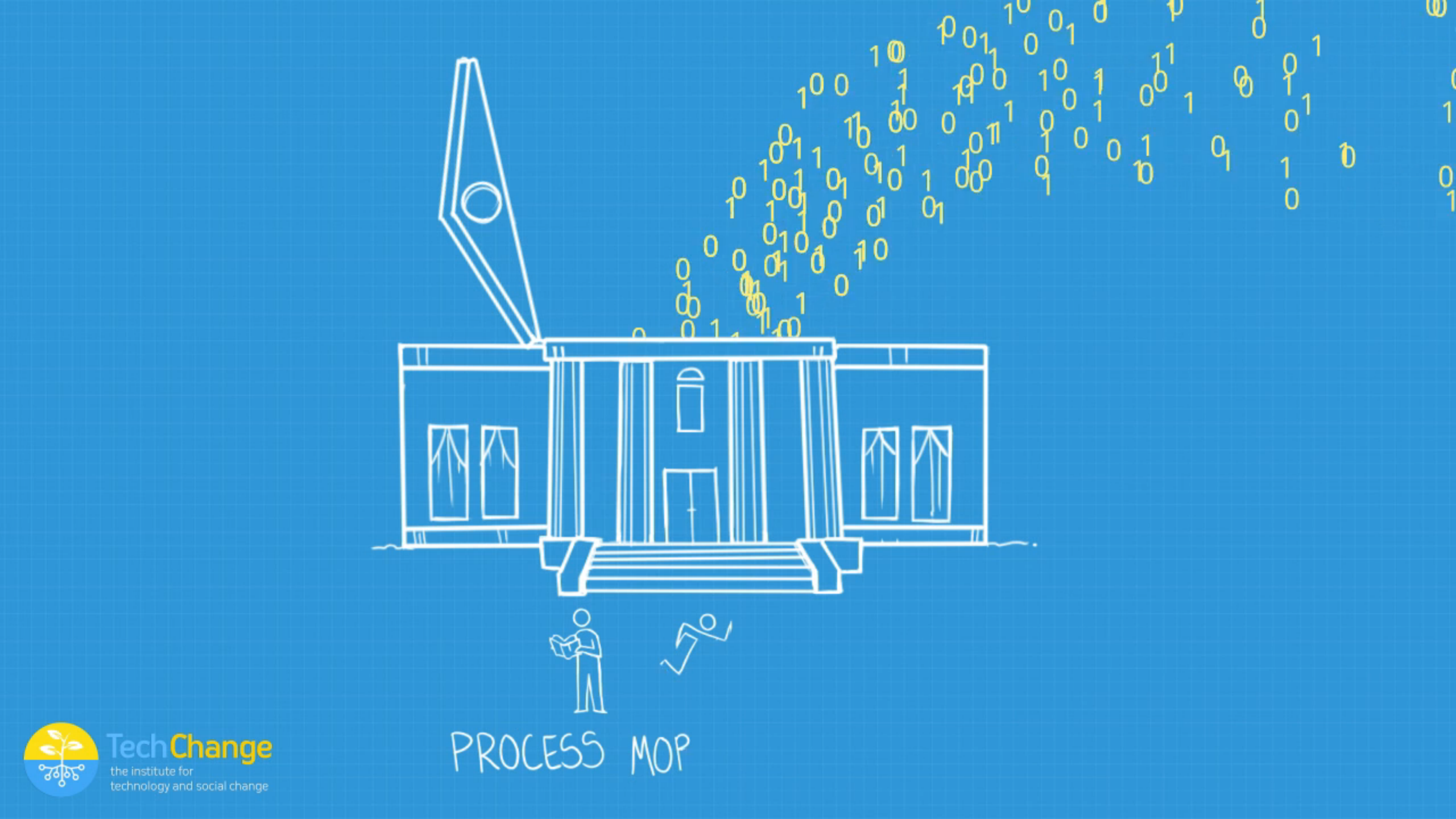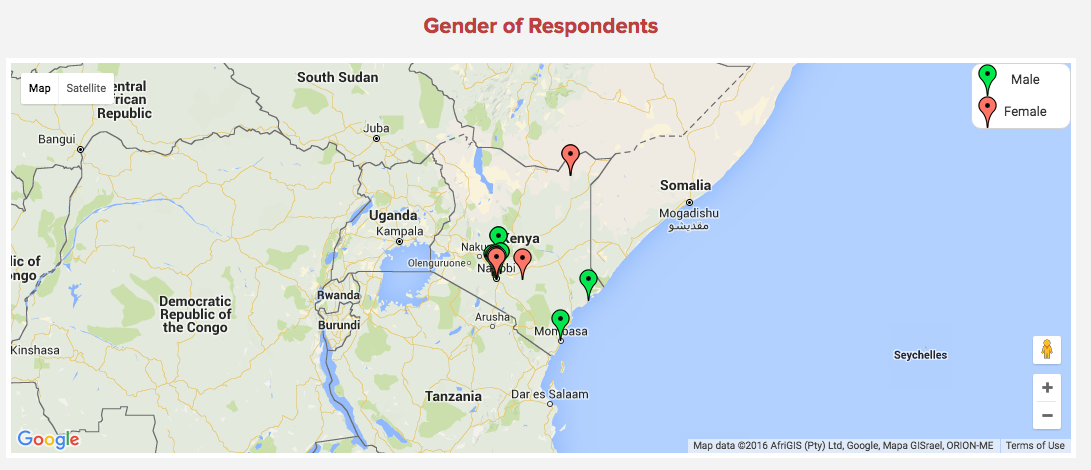Today marks the 100th anniversary of International Women’s Day, whose priority theme centers around “access and participation of women and girls in education, training, science and technology,” according to this year’s Commission on the Status of Women. Despite the fact that women still earn less than men (about 80 cents per dollar) and are still less likely to hold senior-level positions, the future in technology and social media is looking bright for women.
 The White House has just released its first comprehensive report on women since 1963, entitled Women in America: Indicators of Social and Economic Well-Being, outlining conditions of women in the United States. Not surprisingly, women surpass men in percentage graduating from college, and in percentage earning bachelor’s degrees, masters degrees, and now, for the first time ever, doctoral degrees. However, the data shows that girls score lower on math assessments than boys, and college-aged women are underrepresented in technology fields.
The White House has just released its first comprehensive report on women since 1963, entitled Women in America: Indicators of Social and Economic Well-Being, outlining conditions of women in the United States. Not surprisingly, women surpass men in percentage graduating from college, and in percentage earning bachelor’s degrees, masters degrees, and now, for the first time ever, doctoral degrees. However, the data shows that girls score lower on math assessments than boys, and college-aged women are underrepresented in technology fields.
The National Center for Women and Information Technology 2010 Scorecard notes that although women earned 52% of math and science degrees, 59% of biology degrees, and 42% of mathematics degrees, they only earned 18% of all computer and information sciences degrees.
But the NCWIT is also looking up: since IT professions are projected to be the fastest-growing sector through 2018, there will be more positions for women to fill. But why choose women for those positions? They cite a recent study which “determined that racial and gender diversity were associated with increased sales revenue, more customers, and greater profits.” The survey scorecard also suggested that as more women enter fields of computing and technology, the pay gap will close as “comparable levels of experience, education, and job title are controlled for.”
In a recent blog post for Forbes magazine, Steve Denning argues that solving issues of women’s equality in the workplace contribute directly to the overall productivity in the workplace, particularly in areas of social media and startups, because not only does the overall intelligence of a group directly correlate with the percentage of women in that group, but also because women are naturally better in arenas of social media.
Naomi Wolf also sees social media as being a powerful tool in reconciling the differences in pay and position for women. Last week, Wolf recalled the role that women played during the recent revolutions in Egypt and Tunisia. She calls out the media at “under-analyzing” the role that women played, which was as leaders – not mere participants – in dramatic cultural shift. It is the democracy of social media that naturally allows women to shine as leaders particularly because they have a role in shaping what leadership looks like.
“Facebook mimics the way that many women choose to experience social reality,” Wolf says, “with connections between people just as important as individual dominance or control, if not more so.”
There’s sound logic in creating a work environment that not only includes, but is led by more women. Since more and more women are using technology and related services, it makes sense for women to be the ones designing and developing more of the products and services available. It makes sense that women should be more equally represented on advisory boards and senior-level staff, as often women make up a significant, if not majority, demographic as consumers. In the workplace, where only 3% of Fortune 500 companies have a female CEO, companies would be wise to pay attention to how they attract and treat women: firms with at least some senior-level managers outperform those who don’t. And, on average, women have done more with less funding, and have fewer failures in starting their own companies.
As more women are included and leading firms and companies in technology and science (and everywhere else), we will gradually see a positive shift in the institutional structure. UN Secretary General Ban Ki-moon recently stated that “on any issue, when women are a part of the vision the world sees better results.” This vision is also reflected in the creation of UN Women. Women are a powerful resource, and as we make our way into more positions of leadership, the world will be all the better off for it.
Photo from FastCompany’s Most Influential Women in Technology 2011



